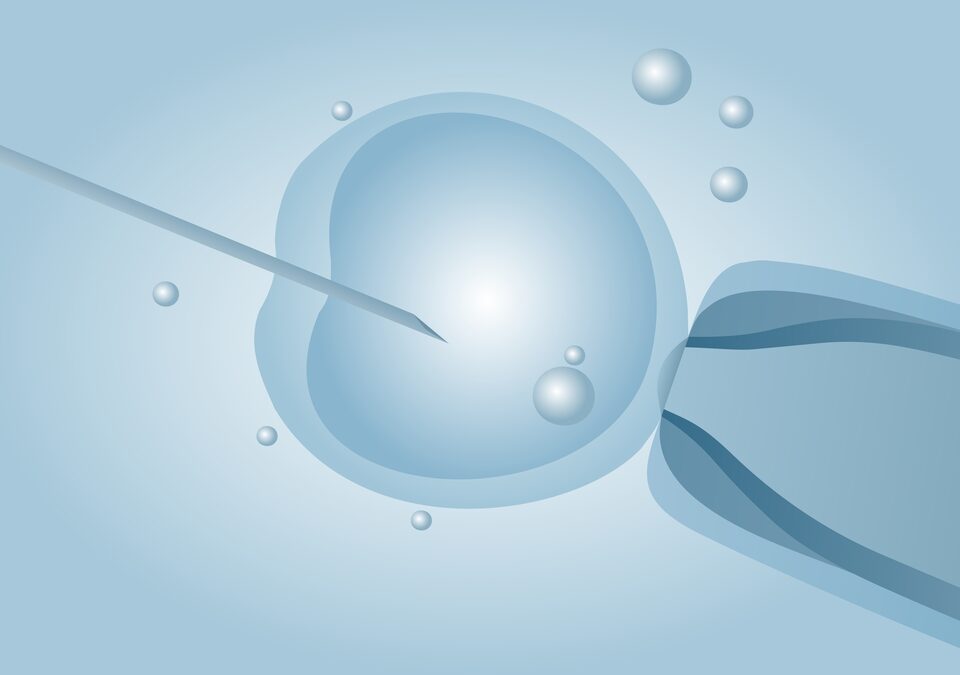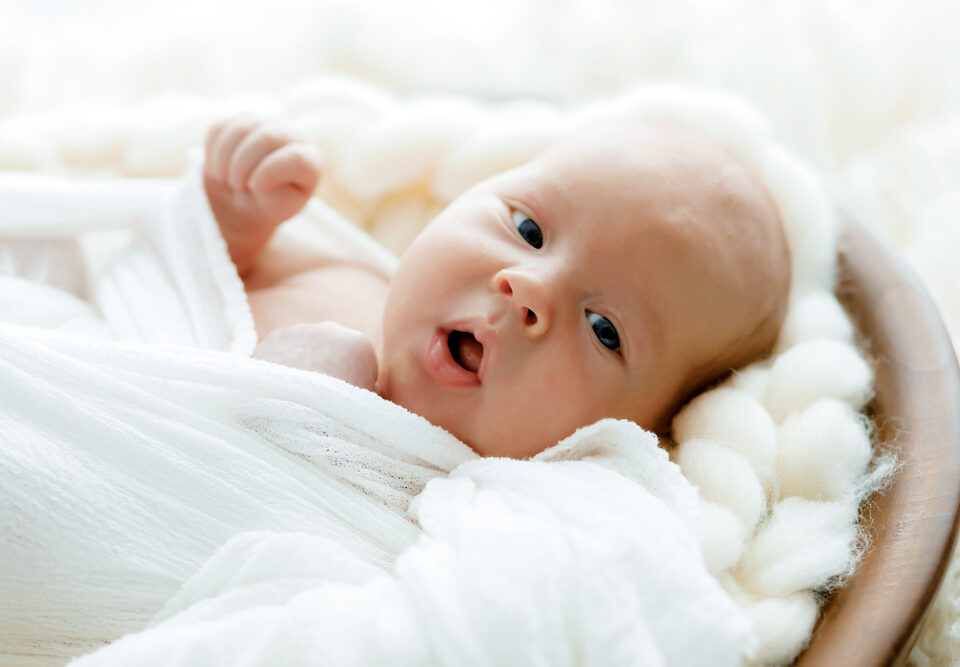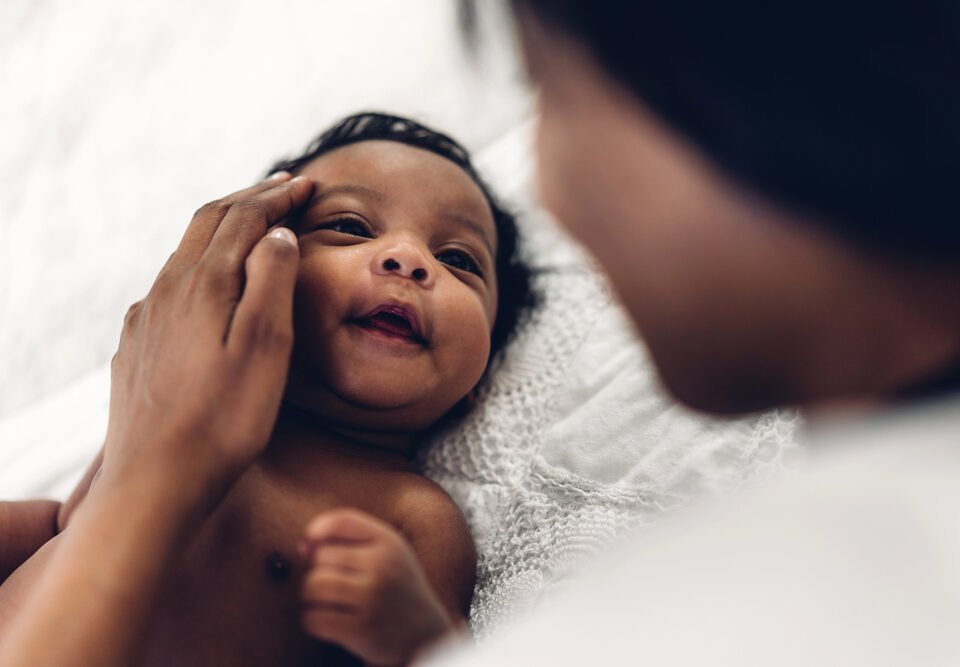Sir James Munby Requests that Surrogacy Bans be Lifted in the UK
December 12, 2018The Fine Line in Embryo Donation Laws in the UK
December 15, 2018Womb transplants are not unheard of. Researches in the U.S. and Sweden have successfully transplanted wombs before from living donors into recipient women who went on to give birth. However, researchers in Brazil made news recently when they did so using a womb from a deceased 45-year old donor, and the 32-year old recipient gave birth to a healthy baby girl.
The procedure using a donor womb has been hailed as a less risky, less expensive option than using wombs from living donors, because there’s no risk to the donor nor are there medical costs associated with caring for her. However, womb transplants from deceased donors are still involved and costly.
The transplant that recently resulted in a live birth took place in September 2016, and required ten and a half hours of surgery followed by a regimen of immunosuppressive drugs to prevent the recipient’s body from rejecting the new womb. Seven months after the transplant, an IVF embryo was placed in the woman’s new womb and she had a healthy pregnancy and a c-section delivery. The womb was removed after the birth so the research team could use their funds to help other women with the same procedure rather than keeping the recipient on immunosuppressive medications long-term.
While more research and process refinements are needed before this type of womb transplant procedure can become mainstream, it represents a significant achievement and creates exciting possibilities. Women who didn’t think they would be able to carry a child themselves could potentially do so by receiving a donated womb. Similarly, in theory, this advance means that transgender women could potentially carry their own children to term too.
As reproductive medicine and technologies continue to advance, we can all expect to see more exciting changes to the ways people start or expand their families.



